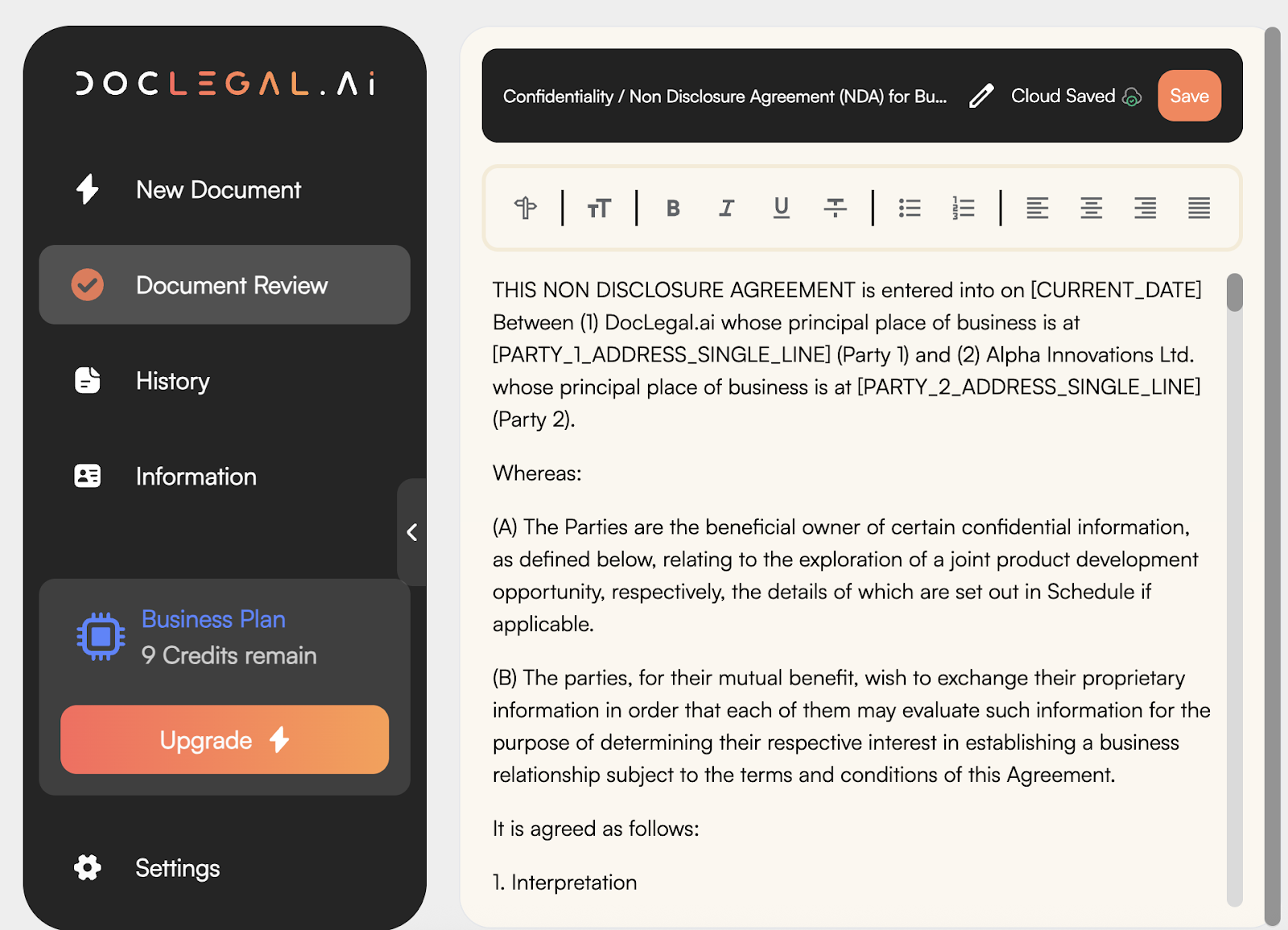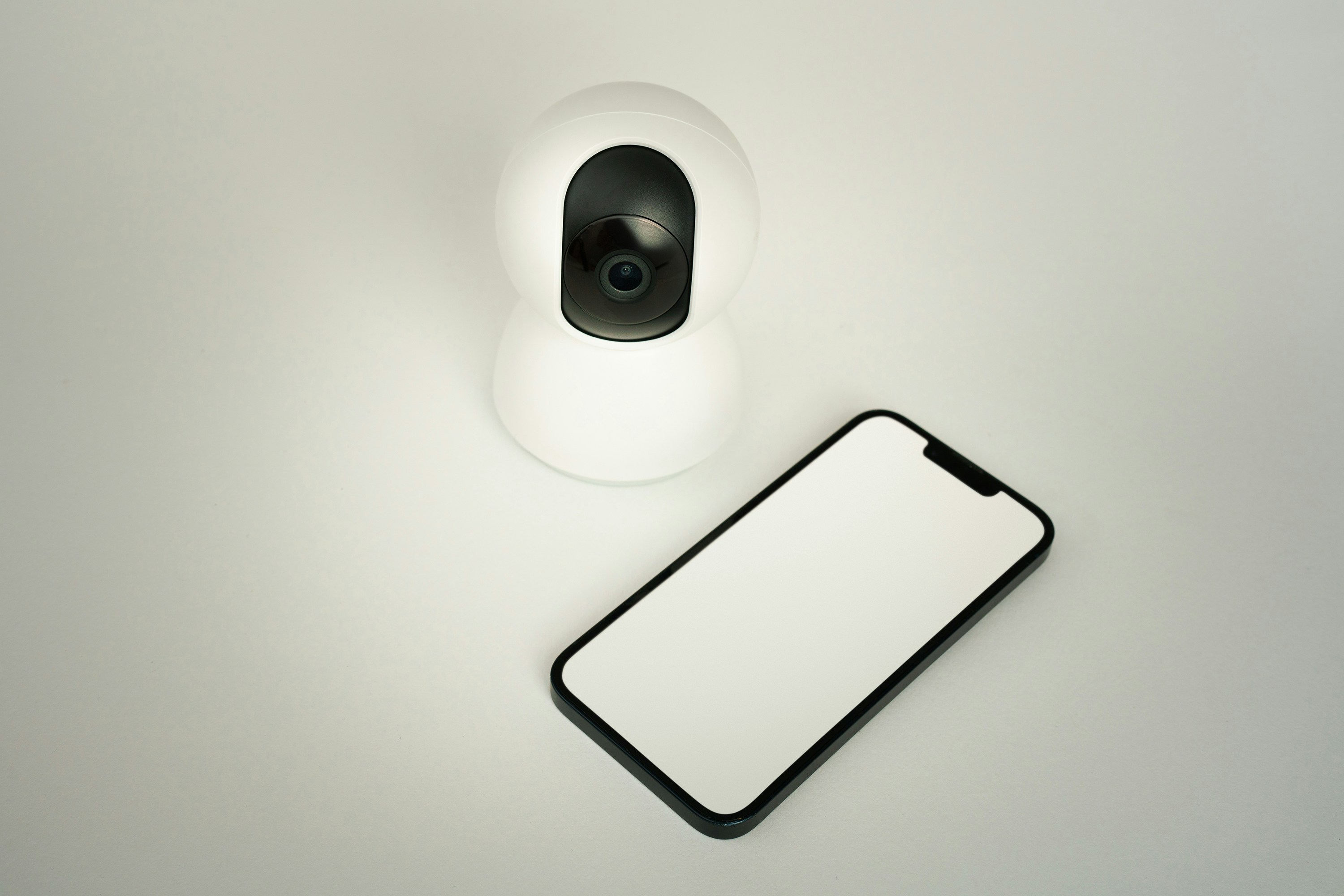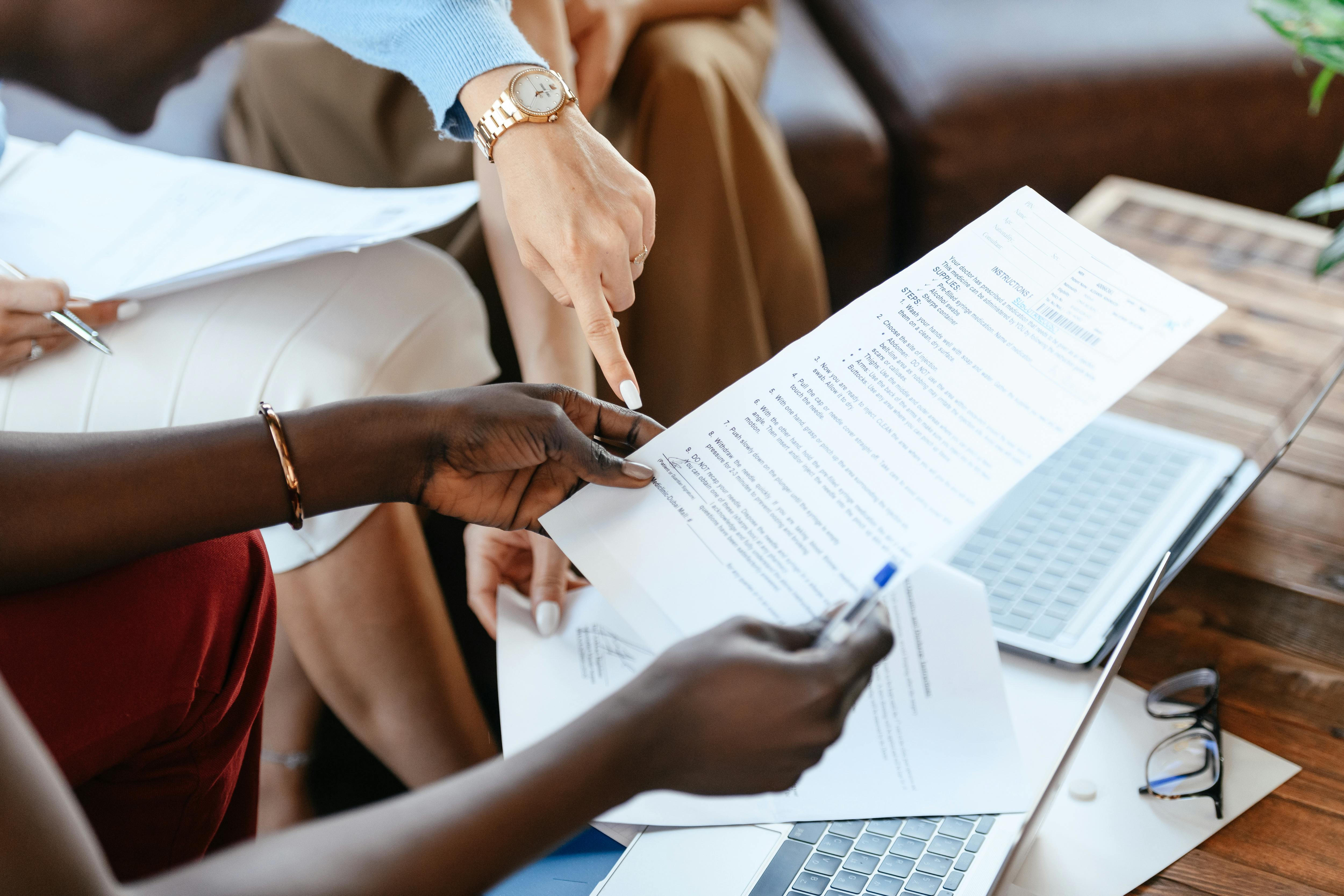NDAs for Freelancers: Protecting Your Ideas in the Gig Economy
As a freelancer, your creativity is your currency. Whether you're a consultant pitching a campaign, a designer crafting a brand’s identity, or a writer shaping a startup’s narrative, your ideas deserve protection. A Non-Disclosure Agreement (NDA) safeguards your intellectual property and ensures clients respect your ideas. This guide explains why NDAs are vital for freelancers, their key components, and how to create one yourself.
What Is an NDA and Why Do Freelancers Need One?
An NDA is a legal contract that prevents a client from sharing your confidential information without permission. In the gig economy, where freelancers collaborate with startups, brands, or other creatives, NDAs are essential to protect shared ideas. For example, an online influencer pitching a unique social media campaign risks idea theft without an NDA. By securing one, they can pitch confidently, knowing their concept is protected. DocLegal.AI’s AI legal document generator simplifies the process, letting you create tailored NDAs without needing a law degree or a big budget.
Which Freelancers Might Want an NDA
Freelancers in various fields should consider using an NDA to protect their creative and intellectual work. Here are key fields where an NDA is particularly valuable:
- Design: Graphic designers, UX/UI designers, or product designers often share original mockups, prototypes, or branding concepts that need protection from unauthorised use or sharing.
- Content Creation: Writers and videographers writing scripts, creating social media campaigns or blog strategies risk clients repurposing their ideas without credit or payment.
- Marketing and Advertising: Freelancers pitching unique campaign ideas, marketing strategies, or advertisement ideas need NDAs to prevent clients from implementing these without payment.
- Technology and Development: Software developers, app creators, or IT consultants pitching tech solutions require NDAs to safeguard proprietary work.
- Consulting: Business strategists, financial consultants, or startup advisors sharing innovative plans or trade secrets need NDAs to ensure confidentiality.
- Creative Arts: Photographers, illustrators, or musicians sharing unreleased work, such as photoshoot concepts or original compositions, benefit from NDAs to maintain creative control.
Key Components of a Freelancer NDA
A well-crafted NDA protects your work while maintaining a professional client relationship. Here are the essential elements every freelancer NDA should include.
1. Definition of Confidential Information
Clearly define what qualifies as “confidential” to ensure both parties understand what’s protected.
- What to include: Specify information types, such as campaign concepts, design mockups, or business strategies. Be clear but broad to cover all important material.
2. Duration of Confidentiality
Specify how long the confidentiality obligation lasts, tailored to your project and industry norms.
- What to include: Common durations are one to five years post-project, though sometimes trade secrets may require indefinite protection. For example, a photographer’s NDA might require his client to keep a photoshoot concept confidential for two years, so that he may reuse the idea for other projects without competition.
3. Exceptions to Confidentiality
Some information isn’t protected, such as publicly available data or previously shared ideas.
- What to include: List exceptions, e.g., information already known to the client, publicly available, or legally required to be shared.
4. Remedies for Breach
Stipulate consequences for NDA violations, including breaches by the client’s affiliates, to ensure accountability.
- What to include: Specify that breaches, including those by affiliates (e.g., subcontractors or employees), may lead to damages for lost opportunities or an injunction to stop misuse. Holding clients liable for affiliates’ breaches strengthens protection.
Why NDAs Are Critical for Young Creatives
For millennials and Gen Z freelancers, the gig economy offers opportunities but also risks. Every pitch you make is built on trust. An NDA helps make that trust mutual, not just assumed. Without an NDA, you’re vulnerable to idea theft, which can harm your reputation and income. An NDA levels the playing field, letting you collaborate confidently while protecting your creative work.
Practical Tips for Using NDAs Effectively
- Discuss NDAs early: Raise the topic before sharing your proprietary ideas to set clear expectations and demonstrate professionalism.
- Customise for each project: Tailor your NDA to specific clients or gigs for relevance. The same information might be sensitive for one project, not the other.
- Keep records: Store signed NDAs securely and track shared information.
- Combine with contracts: Pair your NDA with a broader freelance agreement covering payment, scope, and other terms.
Real-World Example: Protecting Your Pitch
Imagine Alex, a 28-year-old influencer, pitching a video series to a tech startup with unique hashtags and content ideas. Without an NDA, the startup could use Alex’s concept internally or share it with another influencer. By using an NDA, Alex defines the pitch as confidential and restricts its use to the agreed project. If the startup shares it with a competitor, Alex can sue for damages, protecting his work and reputation.
FAQ: NDAs for Freelancers
1. Are there different types of NDAs?
Yes, NDAs can vary based on purpose and scope. Common types include unilateral NDAs (one party shares confidential information), bilateral NDAs (both parties share sensitive information), and multilateral NDAs (multiple parties are involved). Freelancers typically use unilateral NDAs to protect their ideas when pitching or collaborating with clients.
2. When should I ask a client to sign an NDA?
You should discuss and have an NDA signed before sharing sensitive information, such as during the pitching phase or at the start of a project. This sets clear expectations and protects your ideas from being misused.
3. Can I use the same NDA for every freelance project?
While a template is a good starting point, it’s best to customise your NDA for each project or client to address specific needs, such as the type of confidential information or project duration, to ensure maximum protection.
4. What happens if a client breaches an NDA?
If a client violates an NDA, you may seek remedies like financial damages for lost opportunities or an injunction to stop further misuse. The NDA should outline these consequences, including liability for breaches by the client’s affiliates.
5. How can DocLegal.AI help me create an NDA?
DocLegal.AI offers an AI-powered tool to generate tailored NDAs quickly and affordably, without requiring legal expertise. It helps freelancers create professional contracts to protect their ideas and focus on their work.

Get Started with DocLegal.AI Today
In the fast-paced gig economy, your ideas are your greatest asset. An NDA ensures they remain yours, empowering you to collaborate with confidence. DocLegal.AI makes creating professional, tailored NDAs affordable, helping young creatives protect their work and focus on building their brand. Visit us now to generate your first contract and start protecting your freelance business with confidence!

.jpg)



.jpg)
.jpg)
.jpg)